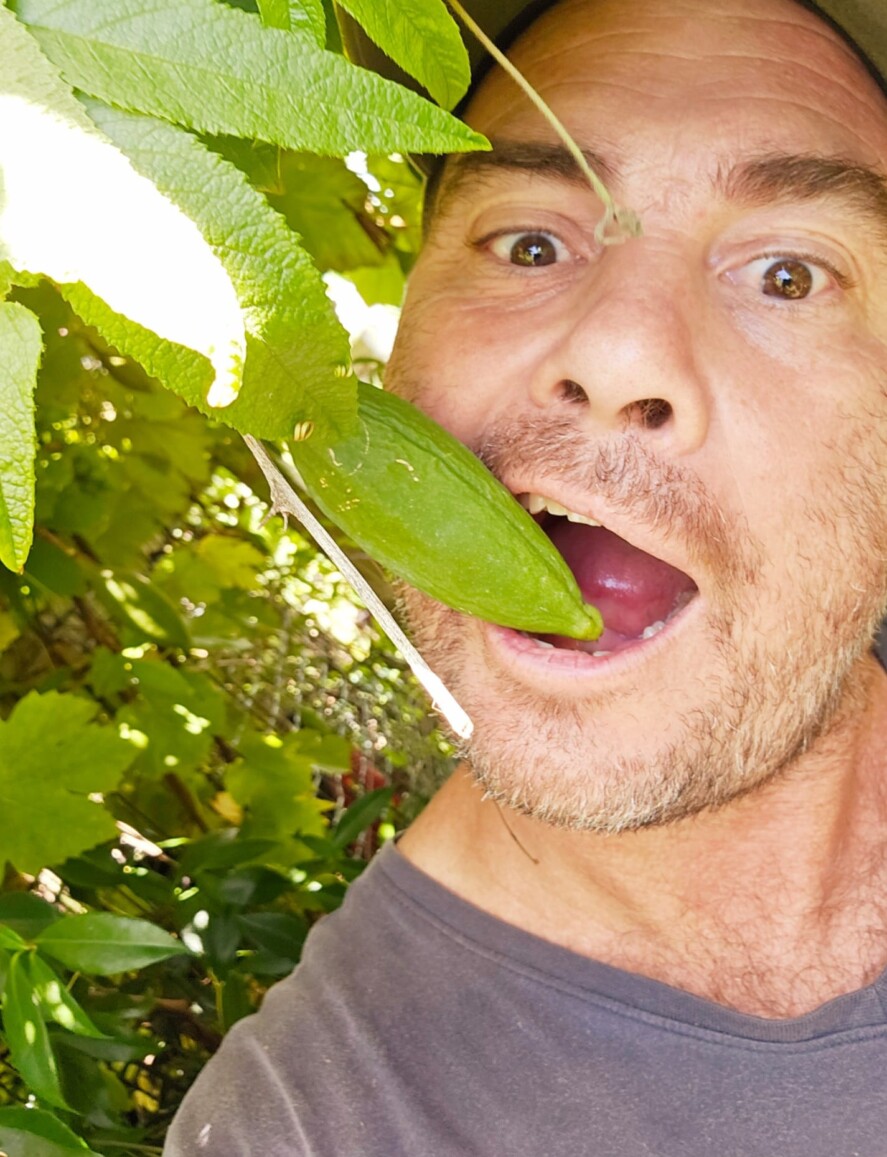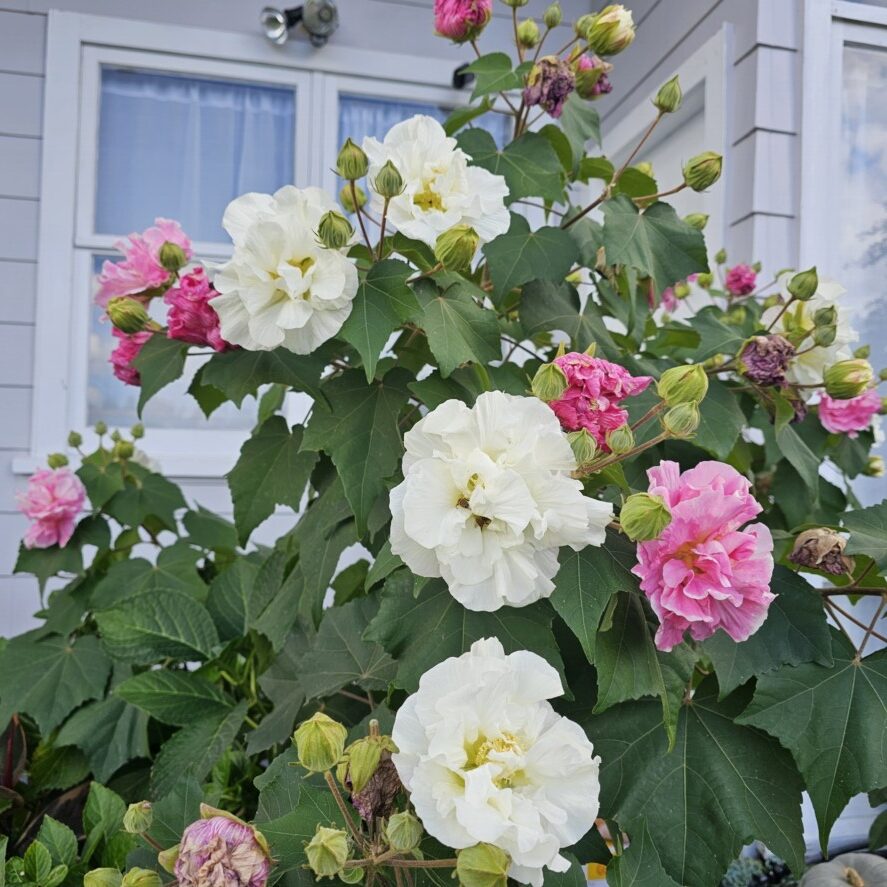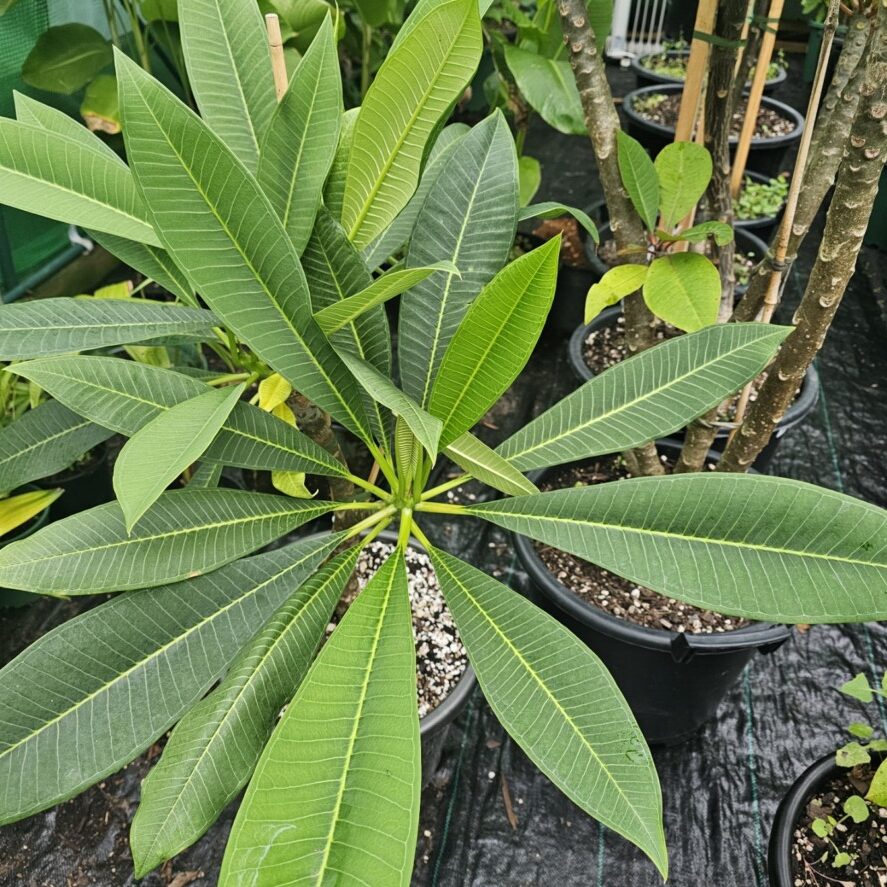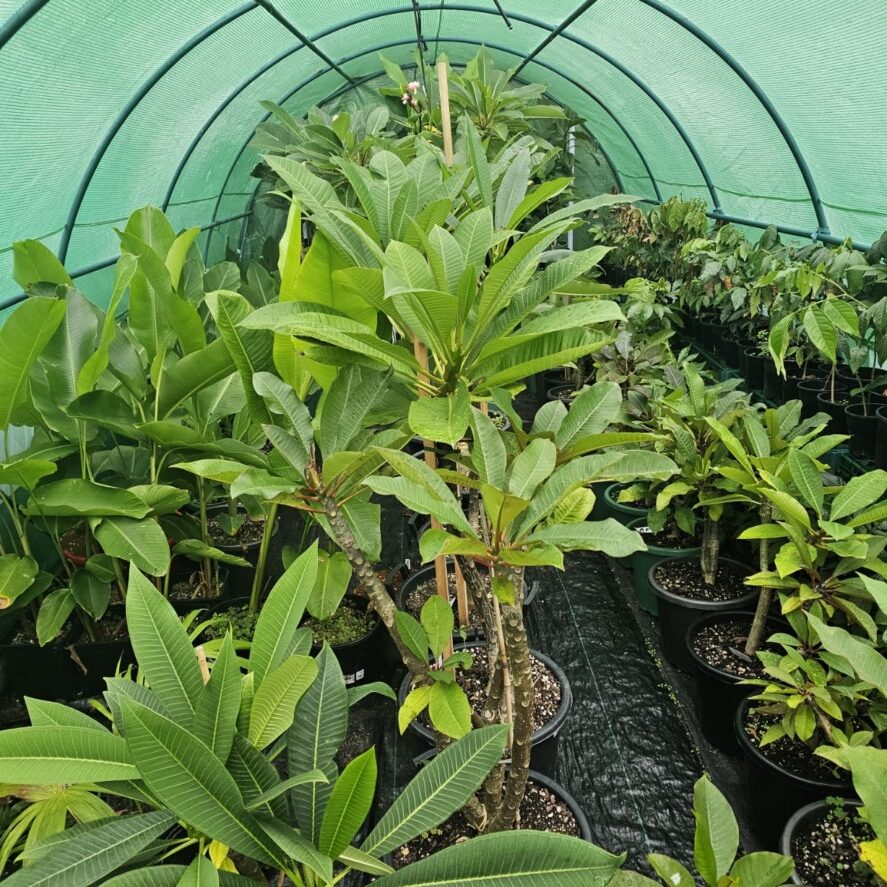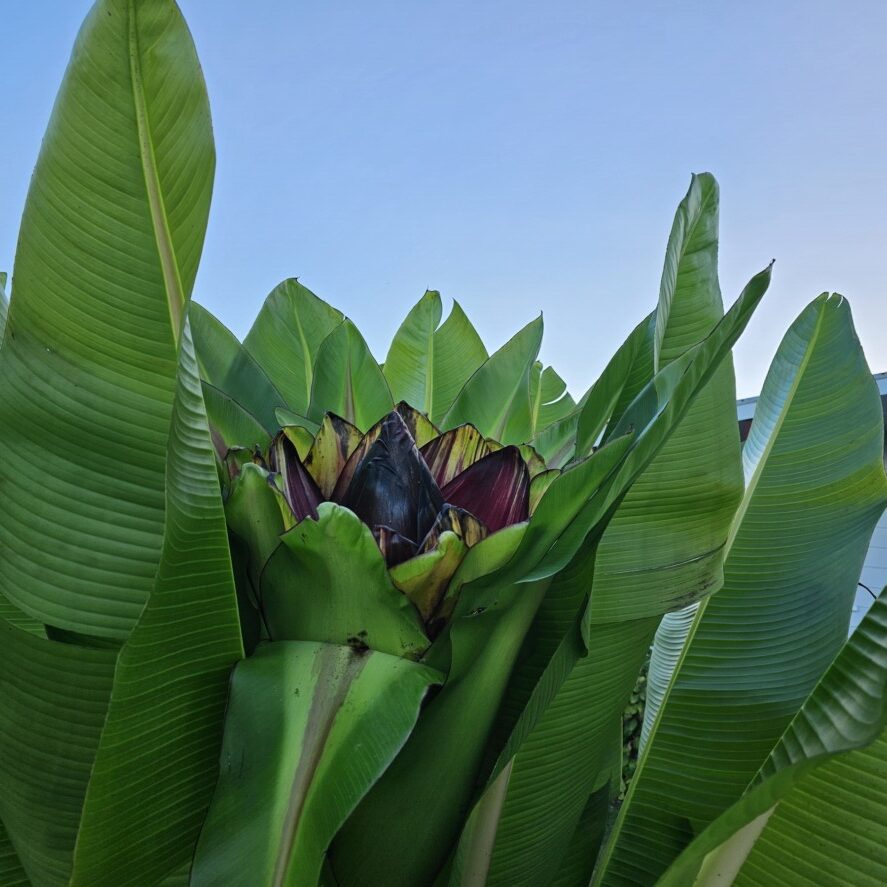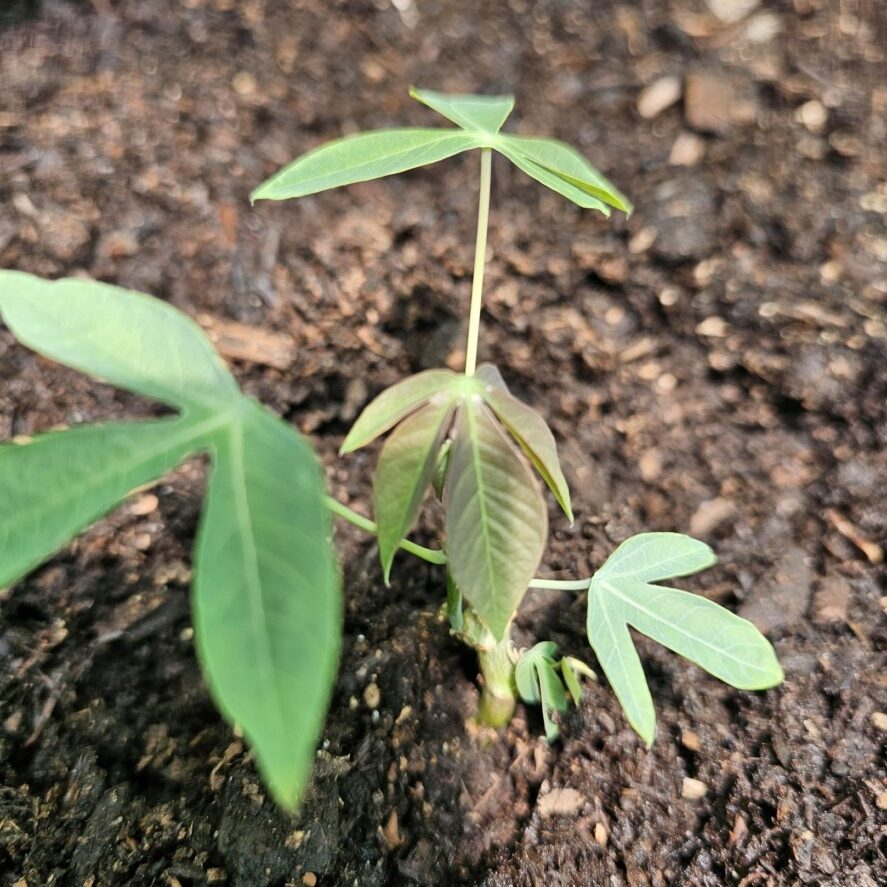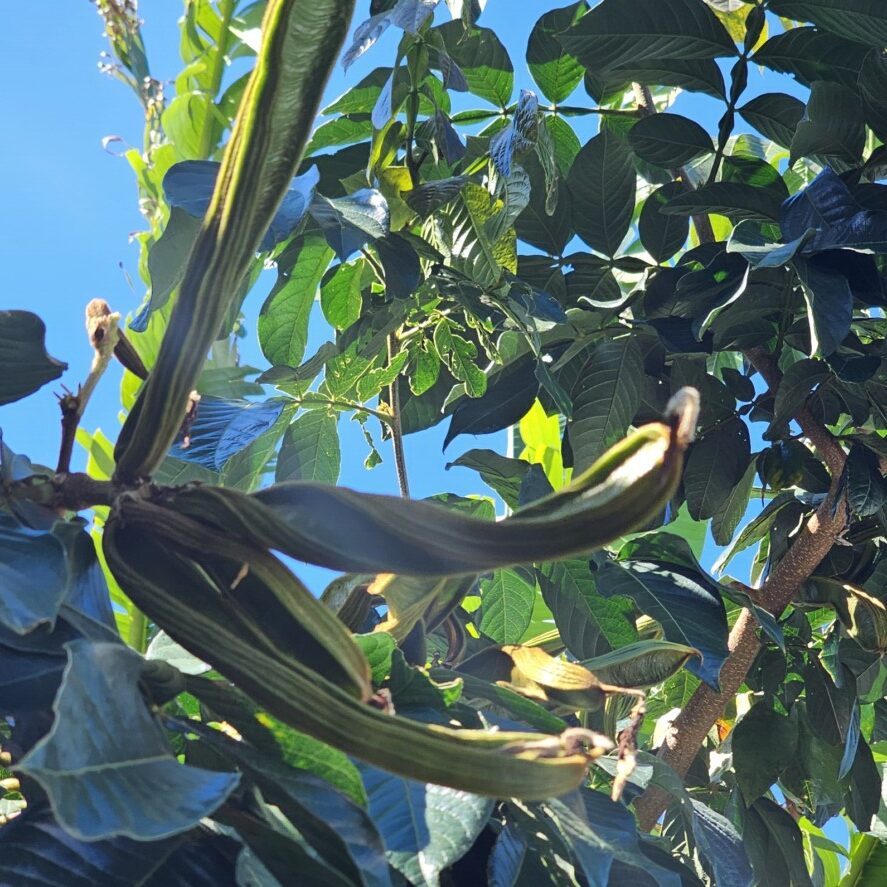-
Troppo Plant & Garden Articles
- Te Puke Region
- TROPPO’s Food Forest in Te Puke, BOP (www,foodforest.org.nz)
- Troppo’s Plant Collection
- TROPPO's Nursery Directory
- Food Forests of New Zealand (www.foodforests.nz)
- Nursery Map - Plant Suppliers of NZ Directory (www.nurserymap.nz)
- Kids Garden Corner
- New Zealand Garden Bird Survey
- New Zealand Garden Groups
- Delicious Recipes
Growing Avocados Successfully in Te Puke: A Comprehensive Guide

Welcome to the ultimate guide for growing luscious, creamy avocados right here in our beautiful Te Puke! Whether you’re a seasoned gardener or just starting out, this comprehensive resource from Tropo.nz will walk you through everything you need to know to cultivate your own avocado bounty. Te Puke’s climate, with its warm summers and mild winters, offers a fantastic environment for these green gems. Let’s dive in!
1. Choosing the Right Avocado Variety for Te Puke:
Not all avocado trees are created equal, and selecting the right variety is crucial for success in our region. Here are some popular and well-suited options for Te Puke:
- Hass: This is the king of avocados globally, and for good reason! It produces creamy, nutty-flavored fruit with a characteristic pebbly skin that turns dark purple when ripe. Hass generally performs well in Te Puke’s climate and is a reliable producer.
- Fuerte: Known for its smooth, green skin and rich, slightly spicy flavor, Fuerte is another popular choice. It’s a good pollinizer for Hass, which can improve fruit set.
- Reed: This variety offers a longer harvest season, ripening later than Hass. It produces round, green-skinned fruit with excellent flavor and a smaller seed.
- Shepard: With its smooth, green skin that remains green when ripe, Shepard is another valuable option. It has a distinct, slightly nutty flavor and a relatively small seed.
Consider these factors when choosing:
- Pollination: Some avocado varieties benefit from cross-pollination with a different type. Planting two compatible varieties nearby can significantly increase fruit production. Research pollination compatibility before making your final selection.
- Harvest Season: Different varieties ripen at different times of the year, allowing you to enjoy a longer avocado season if you plant a mix.
- Tree Size: Consider the mature size of the tree and ensure you have enough space in your garden. Some varieties are naturally more compact than others.
2. Planting Your Avocado Tree: Setting the Stage for Success:
Proper planting is fundamental for a healthy and productive avocado tree. Here’s what you need to do:
- Timing: The best time to plant avocado trees in Te Puke is in spring or early summer, after the risk of frost has passed and the soil has warmed up.
- Location: Choose a sunny spot that receives at least 6-8 hours of direct sunlight daily. Avocado trees also need well-drained soil. Avoid areas where water tends to pool, as this can lead to root rot. Protection from strong winds, especially when the tree is young, is also beneficial.
- Soil Preparation: Avocado trees prefer slightly acidic to neutral soil (pH 6.0-7.0). Before planting, amend the soil with plenty of organic matter like compost or well-rotted manure. This improves drainage and provides essential nutrients.
- Planting Procedure:
- Dig a hole that is twice as wide and just as deep as the root ball of your young tree.
- Gently remove the tree from its container, being careful not to damage the roots.
- Place the tree in the center of the hole, ensuring the top of the root ball is level with the surrounding soil. Avoid planting too deep.
- Backfill the hole with the amended soil, gently firming it around the roots.
- Water thoroughly after planting.
- Apply a layer of mulch (such as wood chips or straw) around the base of the tree, keeping it a few inches away from the trunk. Mulch helps retain moisture, suppress weeds, and regulate soil temperature.1
3. Caring for Your Growing Avocado Tree:
Consistent care is essential for a thriving avocado tree and a good harvest.
- Watering: Young avocado trees need regular watering, especially during dry periods. Water deeply but allow the soil to dry out slightly between waterings.2 Mature trees are more drought-tolerant but will still benefit from supplemental watering during long dry spells, particularly when the fruit is developing. Avoid overwatering, which can lead to root rot.
- Fertilizing: Avocado trees benefit from regular feeding, especially during their active growing seasons (spring and summer). Use a balanced fertilizer specifically formulated for fruit trees, following the manufacturer’s instructions. Young trees need smaller, more frequent applications, while mature trees require larger amounts less often.
- Pruning: While avocado trees don’t require heavy pruning, light pruning can help maintain shape, improve air circulation, and remove any dead or diseased branches. The best time to prune is in late winter or early spring, before new growth begins.
- Pest and Disease3 Control: Keep an eye out for common pests like scale, mites, and thrips. Regularly inspect your tree and address any infestations promptly using appropriate organic or chemical control methods. Good air circulation and proper watering can help prevent fungal diseases like root rot and anthracnose.
- Mulching: Maintain a layer of mulch around the base of the tree throughout the year to conserve moisture, suppress weeds, and protect the shallow roots. Replenish the mulch as it decomposes.
4. Harvesting Your Delicious Te Puke Avocados:
Patience is key when it comes to harvesting avocados. They don’t ripen on the tree and need to be picked at the mature stage.
- Determining Maturity: Maturity signs vary slightly depending on the variety. Generally, look for a change in skin color (for varieties like Hass), a slight softening at the stem end, and a duller sheen on the skin. The fruit should also reach a certain size characteristic of the variety.
- Harvesting Technique: Use pruning shears to carefully cut the fruit from the tree, leaving a short piece of the stem attached. Avoid pulling or twisting the fruit, as this can damage the tree and the avocado.
- Ripening: Once picked, avocados will ripen at room temperature. Avoid refrigerating unripe avocados, as this can hinder the ripening process. To speed up ripening, you can place avocados in a paper bag with an apple or banana. Check for ripeness daily by gently pressing the stem end. The avocado is ready to eat when it yields slightly to gentle pressure.
5. Common Challenges and How to Overcome Them:
Even in the favorable climate of Te Puke, you might encounter some challenges when growing avocados:
- Root Rot: This is a common problem caused by overwatering and poor drainage. Ensure your soil is well-draining and avoid excessive watering. Planting on a slight mound can also help.
- Frost Damage: While Te Puke generally has mild winters, occasional frosts can damage young trees and blossoms. Protect young trees with frost cloth during cold snaps.
- Pest and Disease Issues: Regular monitoring and prompt action are crucial. Encourage beneficial insects and consider organic pest control methods whenever possible.
- Poor Fruit Set: This can be due to various factors, including lack of pollination, unfavorable weather conditions during flowering, or nutrient deficiencies. Ensure you have appropriate pollinizer varieties nearby and provide adequate nutrition.
Enjoy the Fruits (Literally!) of Your Labor:
Growing your own avocados in Te Puke can be a rewarding experience, providing you with fresh, delicious, and healthy fruit right from your backyard. By following this comprehensive guide and paying attention to the needs of your trees, you’ll be well on your way to enjoying a bountiful harvest for years to come. Happy growing!
#AvocadoGrowing #TePukeAvocados #HomegrownFruit #NewZealandGardening #TropoNZ #FruitTrees #GardeningTips #AvocadoCare #GrowYourOwn #SustainableLiving

